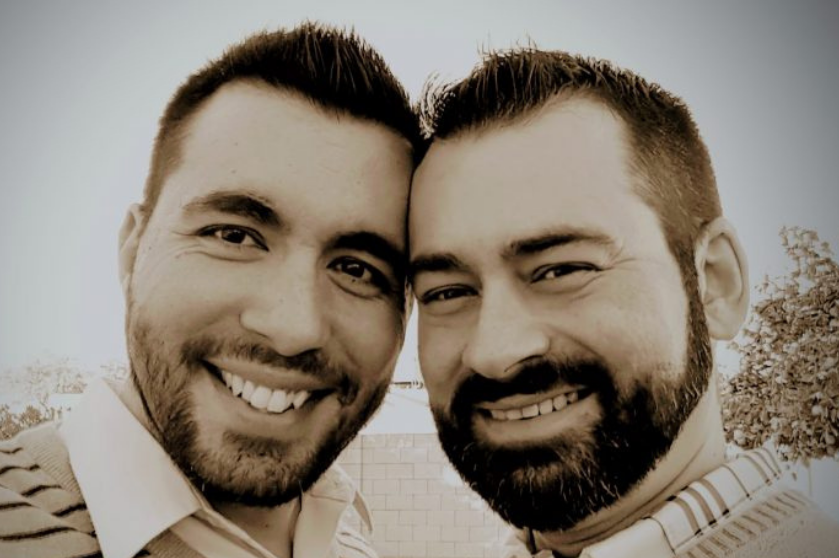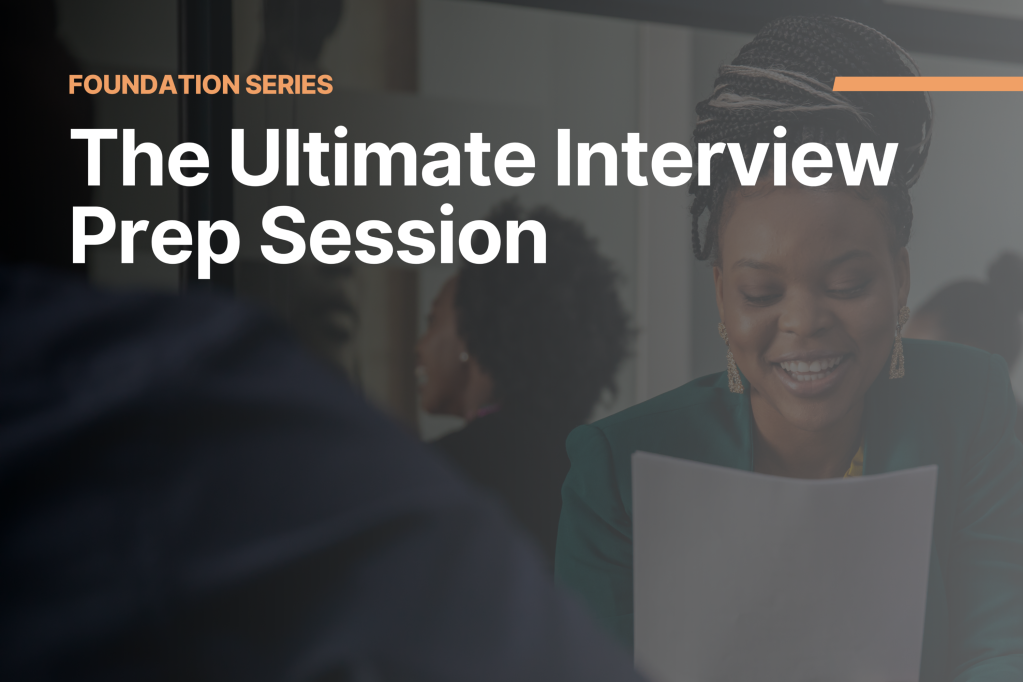
Key Takeaways
- By the end of this guide, you will be able to develop a draft of your professional brand statement.
- After reviewing the material below, develop a draft of your brand statement.
Your brand statement expresses your professional value and provides a clear and concise introduction for employers. Think of it as the tool for you to tell the industry your story, including your education, accomplishments, and skills.
This story should be brief and adaptable, allowing you to tailor it for use on other professional materials (resume or CV, LinkedIn summary, networking events, etc).
- If this is your first time developing a brand statement, use our “Step-by-Step Guide” below for further support.
- For brand statement tips, view a replay of “One Epic Networking Practice Session” or register for an upcoming session.
Professional Brand Statement Criteria
Use the following criteria to develop your brand statement.
- Be concise: Express in 75-150 words. Keep it focused and make every line count.
- Target Role: First line presents you in your desired role. Avoid identifying as a student. (You will use this statement after graduation.)
- Include Education: Include only relevant degrees, certifications, and/or trainings. Make sure you include your current program to demonstrate field-specific training. Example: certificate or degree in [Program Name] from XYZ University.
- Includes Skills and Strengths: Include three to five relevant technical skills and professional strengths that align with the desired role.Bonus: If available, use the job description to determine the most appropriate skills to include.Show how you’ve applied these skills and strengths in previous roles or projects.
- Demonstrate Value: Showcase professional or academic achievements, accomplishments, successful projects, and recognitions. Hint: Aim for professionalism. If you lack professional experience, pull from academics.
- Include Motivation/Aim: Determine what motivates you professionally. What end results do you hope to achieve in your role?
- Position Yourself: Sell, don’t summarize! Connect how past experiences, skills, and/or training have prepared you for your desired role. This is where you can provide examples to support your claims.Hint: To demonstrate that you’re a team player, provide an example of working successfully in a team environment. Show outcomes of your work.
- Presentation: No spelling or grammatical errors. No slang. No redundant word choices. Varied sentence structure.
Brand Statement Step-By-Step Guide
What is a Professional Brand Statement?
To meet industry standards, your job search materials and your interview performance need to be aligned to your most relevant and valuable skills. Employers don’t want vague statements— they want specifics and to see evidence of your skills and accomplishments. When you provide this clear and specific detail, you help them understand what kind of employee you will be, and how you will add value to their team.
The brand statement specifically relays your professional identity and provides a direct, clear, and concise introduction to employers. You will also use this statement to help you develop an elevator pitch that you can use at networking events or in informational interviews.
Create your professional brand statement by reflecting on your background and skills.
What Makes a Strong Professional Brand Statement?
The professional brand statement should be no more than 75-150 words and touch upon key elements that showcase what makes you a top candidate for a potential employer. The professional brand statement should always be adaptable. It can and should be trimmed or expanded depending on the purpose, audience, and platform on which it appears (e.g., resume/CV, LinkedIn, website, email, networking documents, etc.).
How To Write a Professional Brand Statement
If this is the first time you’re writing a professional brand statement, this document will serve as a guide to help you through the process.
If you have experience crafting a brand statement, you may want to skip this guide and just use the “brand statement criteria” above to help you update and polish your statement.
Past | Present | Future
Employers typically look for the following three elements:
- Technical Skills
- Do you know how to do the job? How have you demonstrated your skills?
- Workplace Strengths
- How do you do the job? Do you have strong interpersonal skills? (teamwork, collaboration, communication, learning, problem-solving)
- Passion
- Do you love what you’re doing? Have you displayed evidence of that passion?
Frame your professional brand statement in terms of the past, present, and future. It should communicate where you’ve been, where you are now, and where you want to go.
Below is a series of questions to consider. Use these questions to brainstorm about your past, present, and future.
Step 1: Your Past
Review your work and education history. Think about your major accomplishments and the skills you’ve built over time. Bullet out a few ideas. For example, make notes about holding two jobs at once or working your way through college— both are evidence of a strong work ethic and the ability to juggle competing priorities successfully. Think through all your past experiences for similar strengths.
Step 2: Your Present (focus on your current program)
Think about your current position and skills from a field-specific perspective. What have you learned how to do in the program? What do you enjoy doing? What are you good at? List everything you are good at, then list everything you love. Notice where there are overlaps and gaps.
- I am good at…
- ex: coming up with many features to make an interface friendly.
- ex: conducting thorough research to compile accurate data.
- I enjoy…
- ex: making creative tools to bring designs to life.
- ex: finding visual ways to make data come to life.
Step 3: Your Present (focus on who you are)
Now think about your strengths as an employee and as a team member. These are strengths that reflect your personal attributes (e.g., calm under pressure, organized, communicative, optimistic, etc.). Some of these may overlap with your answers to Step 2. That’s okay – the point is to brainstorm.
Step 4: Your Future
What job are you seeking? What would you love to do after you graduate? Jot down a few bullets.
Step 5: Your Brand Statement
Use this reflection on your past, present, and future to summarize three to four major points (accomplishments, strengths, passions, skills, and personal attributes) to highlight in all of your job search materials (bio, resume/CV, LinkedIn, website). What key attributes reflect who you are, what you are able to do, and what you are passionate about?
Final Note: Resume Summary Statement
After summarizing three to four major points, draft a professional brand statement in resume- or CV-friendly language. Use the brand-statement criteria, samples, and resources available to evaluate it.
Brand Statement Samples
Professional Integrity
All participants are expected to exhibit the highest levels of personal and professional honesty as they engage in our programs and with our shared resources. You must always develop your own work rather than that of another participant or internet source. The following templates are meant to provide practical examples. Do not include phrases or sentences directly from these samples.
How to Adapt Your Brand Statement for Other Career Materials
Getting Started
You can adapt your brand statement to use for your resume, CV, or LinkedIn summaries, as well as for your portfolio/website (if you have one). See examples of the brand statement above and its adaptations below.
Key Takeaways:
- Use the criteria from Pave Your Pathway to develop this content.
- Can be in first person or without pronouns; it’s best to avoid third person because it can sound awkward.
- Use your brand statement as a diving board to help you build your resume, CV, or LinkedIn summaries, as well as your portfolio bio (examples listed below).
Adapting for Resume or CV Summary
Key Takeaways:
- Must not include pronouns.
- Omit details listed elsewhere on the resume for concision (e.g., education, a full list of technical skills, specific achievements or projects). The exception is if you want to emphasize a qualification, such as your recent program, at the top of the resume or CV.
- Summary should be three to five sentences highlighting the role you’re seeking, achievements, and soft skills. If an employer has two candidates with the same technical skills, they will defer to the summary to see if there is something that sets you apart from the other candidate.
Example 1:
Business analyst with a background in [business management]. Trained at the [school name] and earned a [certificate/degree name] in [program name]. Innovative problem solver passionate about statistical and data analysis and focused on delivering stellar client services. Strengths include attention to detail, problem-solving, and working on cross-functional team projects.
Example 2:
Passionate and solutions-driven [title name] with a [program name] Certificate from [school name]. Experience in [relevant skill] with a combination of strong communication, collaboration, problem-solving, and analytical skills. Ability to plan, launch, and successfully execute projects delivering excellent results. Works well in a fast-paced and diverse team environment developing solutions and exceeding expectations.
Adapting for the LinkedIn Summary
Key Takeaways:
- Closer to the brand statement than the resume or CV summary.
- First person is ideal, but omitting all pronouns is okay. Avoid third person since it can sound awkward.
- You can use your brand statement as is on LinkedIn, but there is flexibility in formatting. You can expand the content if desired but should avoid listing every detail about your experience, skills, etc. since those are outlined in sections beneath your profile.
- Can include an invitation to connect at the end (great for those wanting to expand their network).
- LinkedIn instructions on adding bullets and links to your profile: https://www.linkedin.com/help/linkedin/answer/1237/formatting-text-or-adding-links?lang=en
Example :
I’m a product manager able to leverage a background in customer service to deliver client satisfaction through leadership and technical know-how. Often tagged by management to train new employees and lead initiatives to drive sales and customer satisfaction. Enjoy coordinating group efforts to meet goals and over-deliver on client expectations.
Qualifications include a [MBA] from [school name] and [certificate] in [program name] from the [school name].
I bring the following to every project:
- Problem-solving skills and perseverance
- Experience in leadership roles, having managed dozens of staff and projects
- Dedication to teamwork and flexible collaboration;
- Foundational knowledge in Agile frameworks
Eager to connect with you to learn more about what I can do for your organization.






